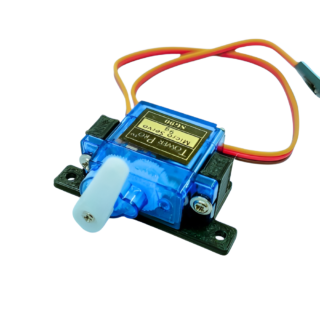In this article, we will understand the major considerations that every 3D designer should follow when designing a 3D object.

Design Considerations for 3D printing: Nowadays, the 3D printing industry is so popular in the object manufacturing industry. In 3D printing, we first design a 3D model of the object and then pass that designed 3D model to the 3D printing machine. Once the 3D model is received, the machine starts printing the object.
But what if the 3D model has errors? If there are flaws in the 3D model, then printing such a model would be of no use. Therefore, to avoid these types of issues, we have to follow some 3D printing guidelines.
In this blog, I have explained all the considerations that will help you in the design of the most accurate and reliable 3D print. Hope you like this blog.
Before continuing this discussion, I presume that you know “what is 3D printing?”, If not, you can check our following blogs.
Digital Vs Physical
As discussed in those blogs, we design a 3D object. This means that we first create a 3D model of the object (digital data) and then pass that 3D model to the 3D printing machine.
After receiving the data, the 3D printing machine converts that data into layers and starts printing the object.
But do you know one thing? We can design almost anything using 3D printing software but can we print anything?
Was that a bouncer? I know what you are thinking. The above sentence is correct. We can design almost everything. When designing we do not think about physics, gravity, and other physics-related things.
But when converting that 3D model into a real 3D printed object, we have to think about all those physics-related words. Otherwise, our object would not look as good as we wanted it to.
So always keep in mind that whatever object you design, has to follow all the laws related to physics.
Some of you may now be wondering if we need to read a physics book to design a 3D object?
The answer is no. You just have to follow some rules given below. And keep the following infographics with you when designing 3D objects. This will help you to design the best 3D print.

Design Rules For 3D Printing
Basics Considerations We Need To Follow While Designing An 3D Model
1) Overhangs in 3D Printing:

Overhang in 3D Printing
Many times, when designing a 3D object, the parts of the object move outward from the previous layer. In such cases, we are sometimes required to use support material and, in some cases, we do not. The extended part hangs in the air and according to the laws of physics, we cannot print the object in the air.
Using support materials may be the best option, but not the eco-budget option. According to the rules of 3D printing, any 3D printer can design objects with an overhang angle of up to 45 degrees without dropping the object.
Having said this, it does not mean that it is a silver bullet point, yet you have to make some changes to prevent your object from falling.
The following things you can do to avoid overhang issues.
- Make use of high-speed Fans. (So that the objects cool down fast)
- Reduce the speed of printing.
- Reduce the Hight of the layer.
- Increase the slicing rate of the object.
2) Wall thickness Consideration in 3D Printing:

This is the second consideration in 3D printing we should keep in mind when designing a 3D object.
Why is it so important? Let me tell you. As we know the 3D printing machine prints the object layer by layer. As a result, if we are designing the object that the wall thickness of the part of the 3D object is too small, then that part will not be attached to the object, that part will come out easily.
However, if that part does not come out, then in the post-design process, the object has to undergo a water jet process, where part of the wall of small thickness will easily break at this level.
So, always add thickness to your model to avoid such a thing. The part that has a wall thickness of more than 0.8 mm can be printed without any damage.
Conclusion
n this blog, we have learned the basic rules of 3D printing. I am confident that these rules will help you to design the best quality 3D-printed objects. If you have any doubt, please let us know in the comment section.
Also, do you know? You can use our affordable online 3D printing service to print 3D models and get them delivered to your doorstep in as little as two days. We offer instant quotations. Click Here to explore more!



Leave a Reply
You must be logged in to post a comment.